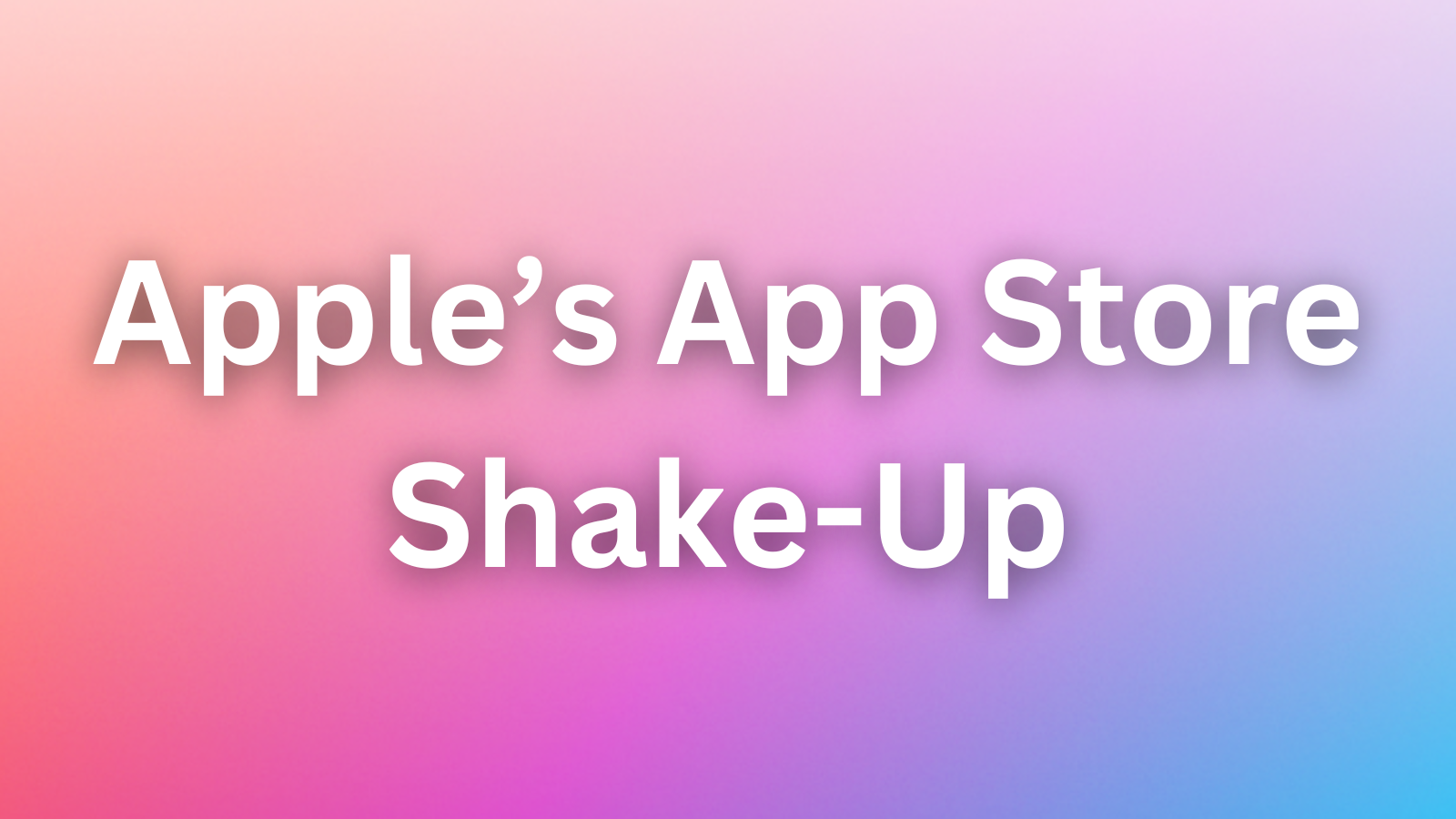Apple’s App Store Shake-Up: Freedom for Developers or a Trojan Horse?

Apple just rewrote its App Store rulebook—but is this a win for developers or a legal loophole? After years of tension over its 30% commission fees, Apple has updated its guidelines to allow U.S. app developers to steer users toward external payment systems. The move follows a landmark court ruling in the Epic v. Apple case, but buried in the fine print are caveats that could reshape the app economy. Let’s dive in.
🔍 The Core Conflict: Why Apple’s ‘Walled Garden’ Crashed
- 💰 The 30% Tax: For over a decade, Apple required all in-app purchases to use its payment system, taking a 15-30% cut—a policy Epic Games called "anti-competitive" in its 2020 lawsuit.
- ⚖️ Court Order: On May 1st, Judge Yvonne Gonzalez Rogers ruled Apple cannot block external purchase links or charge commissions on off-platform transactions.
- 📱 Selective Compliance: Apple’s updated guidelines only apply to U.S. storefronts, leaving global developers bound by old rules.
- 🔄 NFT Loophole: Apps showcasing NFT collections can’t include external purchase buttons except in the U.S.—a carve-out critics call arbitrary.
✅ The New Rules: What’s Changing (and What Isn’t)
Apple’s revised App Store Guidelines include four key updates:
- ✅ 3.1.1(a) Links to External Payments: U.S. developers can now add buttons or links to their own payment portals without requesting special entitlements.
- ✅ Reader App Flexibility: Apps like Spotify or Netflix (which stream content purchased elsewhere) gain clearer pathways to manage accounts externally.
- 🚫 Global Restrictions Remain: Non-U.S. apps must use Apple’s payment system unless they qualify for limited exceptions (e.g., "Reader" apps).
- 📉 No Commission Relief: While Apple won’t tax off-platform purchases, developers still pay 15-30% for in-app transactions.

⚠️ Hidden Hurdles: Why Developers Aren’t Celebrating Yet
- 📜 Apple’s Appeal: The company insists the court got it wrong and is fighting the ruling—creating uncertainty for long-term planning.
- 🌐� Complex Implementation: Apps must now manage two payment flows (in-app and external), increasing development costs and user friction.
- 🔒 Trust Issues: Will users feel safe entering payment info on third-party sites? Apple’s ecosystem has long touted security as a key advantage.
- 🌎 Fragmentation Risk: U.S.-only changes could lead to app features varying by region, complicating global rollouts.
🚀 Final Thoughts: A Step Forward or a Strategic Retreat?
Apple’s compliance is a tactical move, not a surrender. By limiting changes to the U.S., it minimizes revenue loss while appealing the ruling. For developers, the upside is clear: reduced fees for off-platform sales. But risks remain:
- 📈 Success Condition: If major apps like Spotify shift payments externally, Apple’s $24B annual App Store revenue could dip.
- 📉 Failure Risk: If users reject external payment flows, Apple’s model stays intact—and its appeal could nullify the ruling entirely.
What do YOU think? Will this crack in Apple’s walled garden lead to real change—or is it just a performative patch? Sound off below!
Let us know on X (Former Twitter)
Sources: Jess Weatherbed. Apple changes App Store rules to allow external purchases, 2025-05-02. https://www.theverge.com/news/660025/apple-changes-app-store-rules-to-allow-external-purchases










